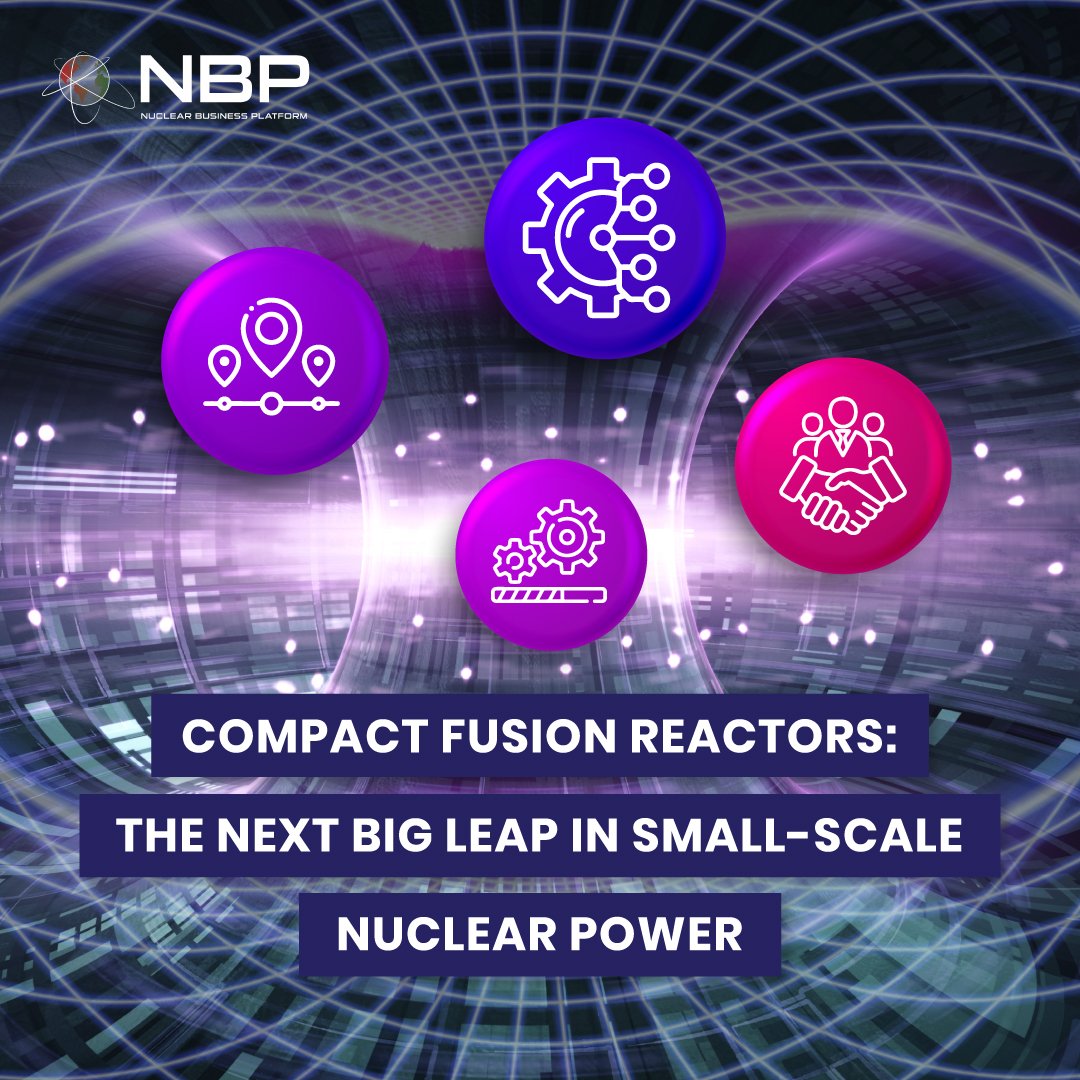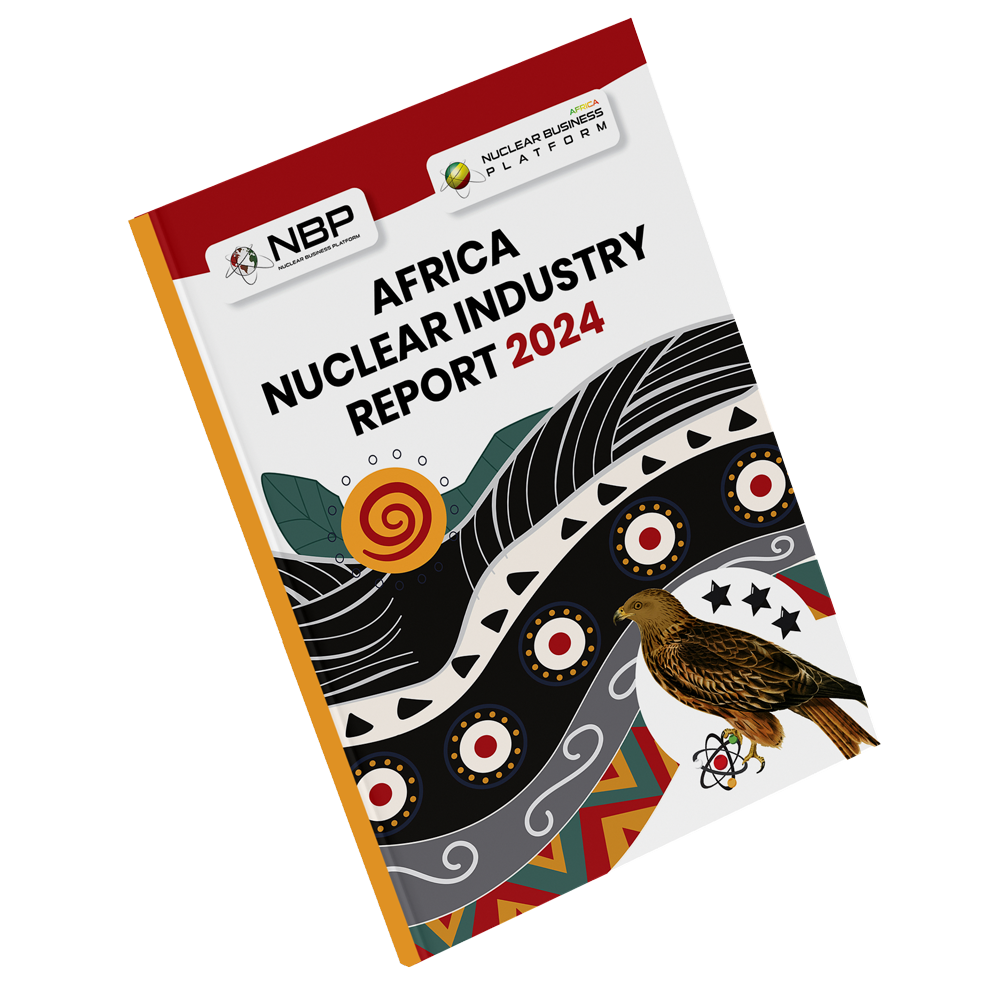Compact Fusion Reactors: The Next Big Leap in Small-Scale Nuclear Power
Compact fusion nuclear reactors offer a compelling vision for the future of energy, merging fusion’s clean power potential with a dramatically reduced physical footprint. These systems, designed to fit within constrained spaces such as a shipping container or truck bed, aim to deliver sustainable energy for industrial, remote, and specialized applications. As of now, while still in development, compact fusion reactors are advancing through significant private investment and technological innovation. For business leaders and investors, they represent a strategic opportunity to engage with a transformative technology, provided its challenges can be overcome. Let us examine their current status, key developments, and implications for industry.
Understanding Compact Fusion Reactors
Compact fusion nuclear reactors are engineered to achieve controlled nuclear fusion—the fusion of light atomic nuclei, such as deuterium and tritium, to release energy—in a significantly smaller volume than traditional fusion systems. Unlike large-scale projects like ITER, which requires extensive infrastructure to target 500 megawatts of thermal output, compact designs aim for outputs of 50 to 200 megawatts within a footprint measuring meters rather than hectares. This size reduction is made possible by advanced confinement methods, high-performance materials, and innovative engineering, enabling deployment in space-limited environments.
Fusion’s advantages over fission include a virtually limitless fuel supply derived from water and lithium, minimal and short-lived radioactive waste, and an inherently safe operation with no risk of meltdowns. By prioritizing compactness, these reactors enhance portability and adaptability, positioning them as a potential energy solution for diverse operational needs.
Development Status: Progress and Milestones
As of March 2025, compact fusion reactors remain pre-commercial, with no system yet producing net energy (output exceeding input). However, substantial progress highlights their potential. Private investment in fusion has exceeded $7.1 billion globally, with a significant portion directed toward compact designs. Leading companies are advancing prototypes, supported by cutting-edge technologies and public funding initiatives.
Lockheed Martin – Compact Fusion Reactor (CFR): Lockheed Martin’s Skunk Works division is developing a CFR designed to fit on a truck, targeting 100 megawatts of power. Employing a high-beta magnetic confinement approach—potentially a cusp or mirror configuration—this reactor emphasizes extreme compactness for defense and aerospace applications. Announced in 2014 with an initial prototype goal by 2019, progress has been slower than anticipated, with no public demonstration as of 2025. The project’s trajectory suggests testing could occur within the next five years, though timelines remain uncertain without recent updates.
Commonwealth Fusion Systems (CFS) – SPARC: CFS is developing SPARC, a compact tokamak that leverages high-temperature superconductors (REBCO) to produce magnetic fields of 20 tesla. With a plasma volume roughly 1/40th that of ITER—featuring a major radius of 1.85 meters compared to ITER’s 6.2 meters—SPARC demonstrates the potential for smaller, more efficient fusion systems. Scheduled for testing by 2026, it aims to achieve net energy gain, laying the groundwork for ARC, a commercial fusion power plant. This downsized design, enabled by advanced magnet technology, could transform the feasibility of fusion energy.
General Fusion: This Canadian company employs magnetized target fusion (MTF), compressing plasma with pistons within a liquid metal sphere. The resulting reactor, smaller than traditional tokamaks, targets a compact system capable of delivering 100-200 megawatts. A demonstration plant is planned for the late 2020s, supported by $455 million in funding across 20 rounds, including investments from high-profile backers.
TAE Technologies: TAE is advancing a field-reversed configuration (FRC) reactor, operating its Norman device since 2017. Its next machine, Copernicus, targets net energy production by the end of 2025, earlier than previously projected timelines. With over $1.2 billion in funding, TAE’s compact cylindrical design aims for scalability while exploring hydrogen-boron fusion for reduced neutron output.
Avalanche Energy – Orbitron: Avalanche Energy, a Seattle-based startup, is developing the Orbitron, a micro-fusion reactor small enough to fit on a desk, targeting 1-100 kilowatts per unit, scalable to megawatt ranges when stacked. Using electrostatic confinement, the Orbitron traps high-energy ions in orbits around a cathode at hundreds of kilovolts, co-confining electrons to boost ion density. In April 2023, Avalanche achieved a record 200 kilovolts in its second prototype, surpassing the University of Wisconsin’s 190 kilovolts from 2006. The company has raised $45.1 million, including a $40 million Series A round led by Lowercarbon Capital, with participation from Founders Fund, Toyota Ventures, and others.
Business Applications: Leveraging Compactness
The compact nature of these reactors unlocks strategic applications for businesses. A 100-megawatt unit, deployable in a small facility or transportable package, could power industrial processes such as chemical production or metal refining, delivering high-temperature heat to meet decarbonization goals. In remote locations—mining operations, Arctic stations, or disaster relief hubs—their portability addresses the logistical challenges of fuel supply and grid connectivity. Lockheed Martin’s CFR, for example, targets aerospace needs, potentially powering lunar bases or long-duration spacecraft, aligning with the expanding space economy.
Economically, compact fusion reactors promise low operating costs due to their use of abundant deuterium and tritium. Their reduced size may also lower construction expenses compared to large fusion plants, enhancing long-term viability. For companies facing carbon regulations or seeking reliable power solutions, these reactors offer a future competitive advantage, contingent on their successful commercialization.
Challenges and Considerations
Significant obstacles remain before compact fusion reactors can reach the market. Achieving sustained fusion in a small volume heightens technical complexity—plasma confinement must be precise, and energy losses tightly controlled. Development costs are substantial; CFS has raised over $1.8 billion for SPARC, TAE over $1.2 billion, and General Fusion $455 million, with billions more required for full deployment. Regulatory frameworks are underdeveloped—fusion’s safety profile lacks established licensing processes, unlike fission’s mature systems.
Timelines present a critical risk. SPARC’s 2026 test is a key milestone, but delays could push commercial units beyond 2030. TAE’s accelerated 2025 target for Copernicus offers hope, while General Fusion’s late-2020s goal and Lockheed’s uncertain schedule reflect the field’s variability. Businesses must also weigh competition from nearer-term options, such as fission-based small modular reactors or advanced renewables, which could capture market share in the interim.
Strategic Implications for Business
Compact fusion nuclear reactors are not an immediate solution, but their development trajectory warrants proactive engagement. Companies in energy-intensive industries should monitor pivotal milestones—SPARC’s 2026 test, TAE’s Copernicus in 2025, and General Fusion’s late-2020s plant—to assess adoption timelines. Strategic partnerships with developers could secure early access to technology, while investment in the sector, bolstered by over $7.1 billion in existing capital, offers exposure to a high-growth field. Government support, including U.S. and U.K. R&D incentives, further strengthens the investment case.
For sectors requiring compact, reliable power—defense, manufacturing, or space—these reactors could reshape operational strategies. Their small footprint aligns with trends toward localized energy production, enhancing resilience against grid disruptions or fuel scarcity. Business leaders who track this progress stand to gain a competitive edge as the technology matures.
Hence it is clear that compact fusion nuclear reactors represent a high-risk, high-reward opportunity for businesses. Their potential to deliver clean, scalable energy in a reduced form factor positions them as a future disruptor across multiple industries. While technical and temporal uncertainties persist, advancements by Lockheed Martin, CFS, General Fusion, TAE Technologies, and Avalanche Energy as of now demonstrate tangible progress. For investors and industry leaders, the imperative is clear: monitor key developments, evaluate risks, and prepare for a potential shift in the energy landscape. The next five years will be decisive, but compact fusion is emerging as a credible contender.



